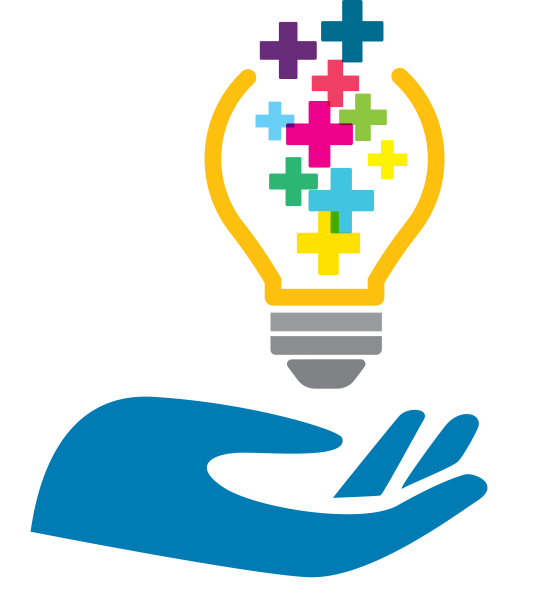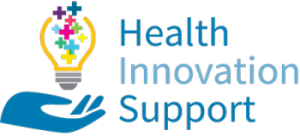Intellectual Property: Exploitation, Ownership, Management and Protection
There has long been a recognition of the fact that NHS staff can have ideas that have commercial potential. Clause 7 of the Health and Medicines Act 1988 states that:
“In order to make more income available for improving the health service …… the Secretary of State shall have the powers …... to develop and exploit ideas and exploit intellectual property”.
These powers which are referred to as the “extension of powers of Secretary of State for financing the Health Service” were extended to NHS Trusts in clause 15 of schedule 2 of the National Health Service and Community Care Act 1990.
However, the Secretary of State and NHS England agree that innovators should share in the commercial success of their innovations.
This used to be the simple mantra:
“your employer owns the contents of your head”.
However, the reality is that the Patent Act 1977 is far less clear cut than that. Clause 39 of the Patent Act states that:
“if an employee has an invention, it is owned by their employer if it was made in the course of the normal duties of the employee or in the course of duties falling outside his normal duties, but specifically assigned to him, and the circumstances in either case were such that an invention might reasonably be expected to result from the carrying out of his duties”.
This means that it is not enough for the idea to have come into your head because of the work that you were being paid to do but that there also had to be a level of expectation that the work could give rise to an invention.
For an innovation to be licensed or invested in, there must be clarity about the ownership. It is certain that if the innovator is a member of NHS staff then their Trust will have a claim on their Intellectual Property. This is because the best ideas come to an individual faced with a challenging situation who suddenly realises that something could be done in a better way. The strength of the employer’s claim depends on the level of expectation that the work being done by the member of staff could give rise to an innovation.
The reality is that English Law is based on Case Law which means it is the cumulative effect of many individual legal judgements. Consequently the last thing that anyone wants to do is to have to go to Court to establish ownership because the only people who would win would be the lawyers.
To get around this legal quagmire, NHS Trusts in the South West developed a Revenue Share Agreement whereby whatever part of the Intellectual Property that was not already owned by the Trust is assigned to the Trust by the innovator in exchange for a package comprising: an extremely generous revenue share; the Trust indemnifying the innovator against any future claims; the Trust taking on responsibility for prototyping costs; and the Trust taking full responsibility for the commercialisation of the innovation.
The Revenue Share Package means that Health Innovation Support can confidently state that this is a really good deal for the innovator and for the NHS. Health Innovation Support staff were central to the development of this Regional agreement on Intellectual Property ownership and we can guide you and your Trust through the whole process.
Health Innovation Support supports all aspects of Intellectual Property management, from the creation of a Trust’s Intellectual Property Policy to Revenue Share Agreements, Non-Disclosure Agreements (NDAs) and commercialisation.
Most product ideas originating within the NHS must be CE marked as Medical Devices. This means that the only viable route to market is via a licence agreement with a medical devices manufacturer.
Health Innovation Support is experienced in each stage of the commercialisation pathway, from identifying the best company to approach, through to getting NDAs in place and finally contract negotiation.
A key part of this is advising on the best form of protection for the innovation and, critically, the timing for implementing the chosen form of protection.
The first step is to check to see that an idea will not infringe an existing patent. If it appears not to, it is possible to file a patent application. In due course, the patent examiner will investigate whether the patent infringes any prior art. The examiner will assess if there is novelty meaning that the idea is completely new. There also must be an inventive step: for example, just combining together a couple of ideas from existing patents is not normally regarded as demonstrating a clear inventive step.
As a general guide, it will cost around £5,000 to engage a patent attorney to draft and submit a UK patent application and pay the UK registration and examination fees.
This UK process takes about a year. Twelve months after the UK application has been filed, there is an opportunity to file a Patent Cooperation Treaty (PCT) application. This turns the original UK application into an international application and costs again around £5,000. Eighteen months later the PCT enters the National Phase and it is necessary to choose in which countries the application is to be made. Each country has its own costs but a typical selection would cost £20,000-25,000. The patent is then examined in each selected country and each examiner can make objections. Each response to these objections can cost up to £5,000 with no guarantee that the final result will be a granted patent.
This combination of uncertain outcomes and escalating costs is why we always prefer to license the innovation before filing the patent application, so that the Licensee and not the Trust that pays the patent fees. In the exceptional cases where the Trust files a patent application before a licence agreement is in place, great care must be taken to complete the licensing process before the patent costs start to mount up.

